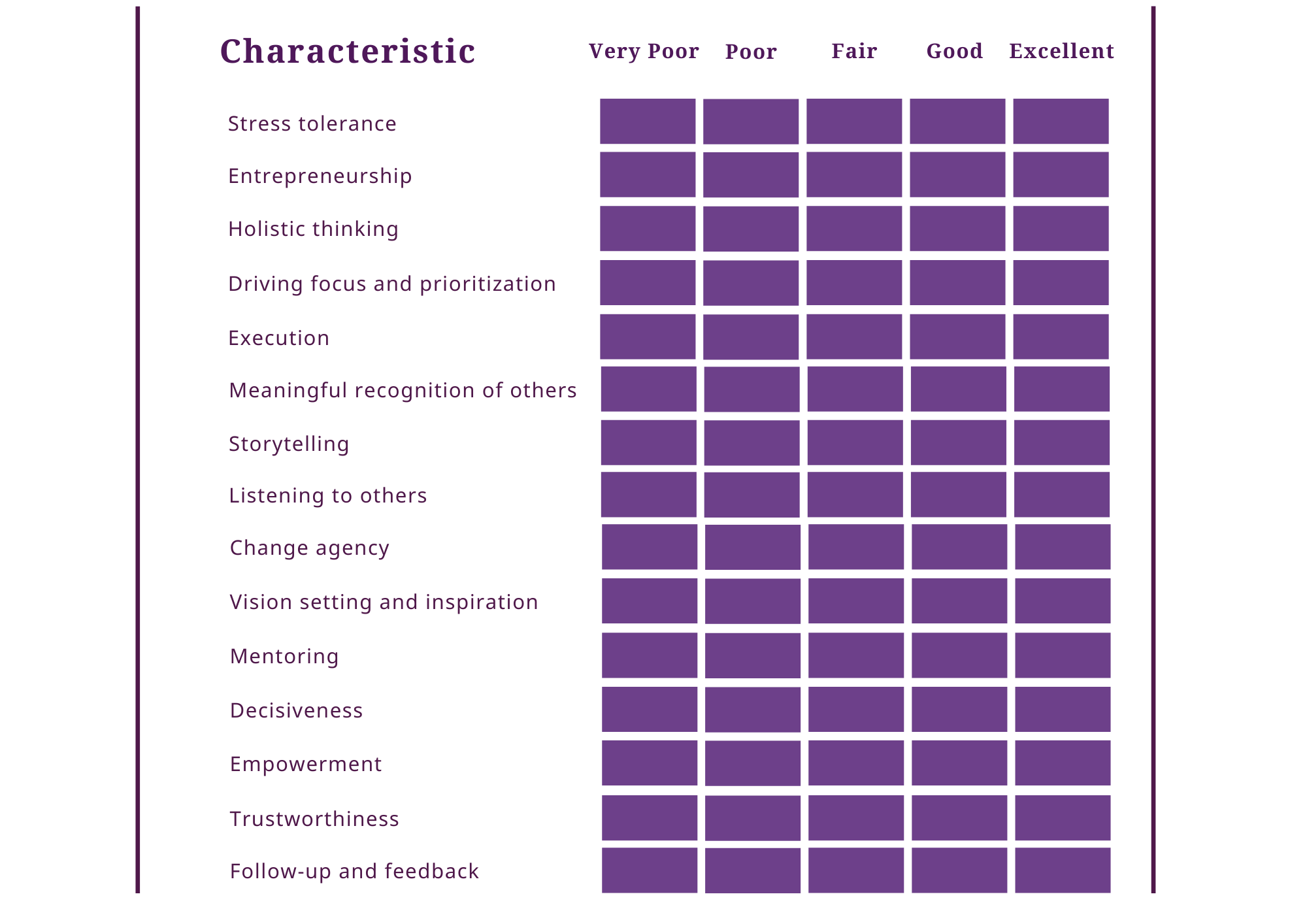What are the critical success factors for your business?
Let us help you turn
your workforce into a
true force

No matter the industry, running a business involves a lot of things, and usually a lot of different people with different expertise. That is why you employ people to fill in different positions in different departments and have them work together as a team to achieve your business’s goals. Though the advent of modern technology has helped businesses to be competitive and successful in a lot of ways, there are tried and tested elements in running a business that cannot be replaced. They are called the critical success factors of a business, alternatively known as critical success factors (CSF) or key success factors (KSF).
Identifying the critical success factors of a business is critical for both short and long-term goals. But what is it exactly? What does it do for your business and organization? And more importantly, how do you do it?
Critical Success Factors of a Business: Basics
Many times, people overcomplicate things when it comes to running their business and managing their people. CSF is the exact opposite of that.
CSF or KSF refers to the most important factors that provide the best results, impact, and outcome in achieving the goals and/or objectives of the business.
To break it down further, it means improving and mastering the basics, looking for the overlooked and the often hidden opportunities that exist in the business. This will enable you to get the best performances for the best results from the same capital, activity, and people, with minimal risk and effort.
When executed right, critical success factors of a business define and ensure the growth and goals of the company and its business.
The challenge in identifying CSF, however, is that since each organization, company, and business is different, the specifics of CSF can only be found through deep understanding of the company’s goals, vision, mission, and values.
Why Identify the Critical Success Factors of a Business
It facilitates teamwork
Assembling a team of skilled and experienced individuals from different walks of life is one thing. Making them work together as a team is another. A CSF will help you help your team focus on what really matters.
It allows you to track your progress
With a CSF, you can track and measure your progress based on the goals you have set and the strategies you have implemented. This will help you pinpoint which ones are working, which needs working on, and which ones you can do without.
It provides a point of reference
A CSF will give your organization a common point of reference. This ensures everyone knows exactly what is most important, what is urgent, etc. This ensures that all tasks and projects are being streamlined to the assigned departments, teams, and individuals.

What Are These Critical Factors for Success?
So what are the most common critical success factors of a business? How can you use these for your business’s benefit?
As said earlier, CSFs differ from one business, company, and organization to another. With that said, here are some critical factors you need to look into.
1. Leadership (Management)
The management or leadership style in your business is the single most important factor that will determine your success. Your business can only grow to the extent that your management will allow the team to grow. The management must put effort into inculcating the right mindset within every member of the team. At the same time, they must be equipped with the right skills and tools to achieve your vision and mission.
2. Finance
The lack of proper financial management can be the downfall for your business. You need proper planning and trend prediction so you can maximize the use of company resources. With proper financial management, you can utilize your resources in areas that bring in profit or foster company growth.
3. Employees
The people who make up your team or organization are your most important asset. The success of your business starts with hiring the right people. When you hire employees, make sure you do not hire them based on skills or knowledge alone (although these are very important). You should hire them based on culture, too.
The best people to help your team succeed are the ones who have the right attitude, and are trustworthy and accountable.
4. Products or Services
Any business aspires to gain profits and grow. To make that happen, you need to develop the best products or services to keep your customers happy. Make sure you commit to every step of the process so you can ensure quality that exceeds expectation and allow you to compete. Make sure to listen to any feedback that you get from customers so you can improve on the quality of your products or services.
5. Marketing and Sales
These two are integral to your business success. Hence, they are among the critical success factors of a business. You need to market your products or services to reach a wider audience. At the same time, you need to conduct market analysis so you can measure, test, and analyze results. It is important to implement fundamental marketing principles to achieve your desired outcome.
How do you know your CSFs are working?
Track the progress
Having a good CSF means you are a step closer to accomplishing your overall strategy. With that said, you need to know how to track your progress accurately.
Say for example your overall strategy is to double the present size of your business. This means you will have to examine the growth of your customer base, partners, acquire new customers, and grow through acquisition.
Assign a champion
Assign a person or two to champion each of your CSFs. This person is the leader responsible for the fruition of the set goals. He/she acts as a steward to make sure everything is moving in the right direction.

Parting Tips
As said earlier, there are no hard and fast rules for identifying critical success factors of a business. Understand that this is not a one-off project. Rather, it’s an idea that requires a shift of culture within you and your organization.
The way to make your CSFs effective is to integrate them seamlessly into your organization and continuously work on refining them.

































